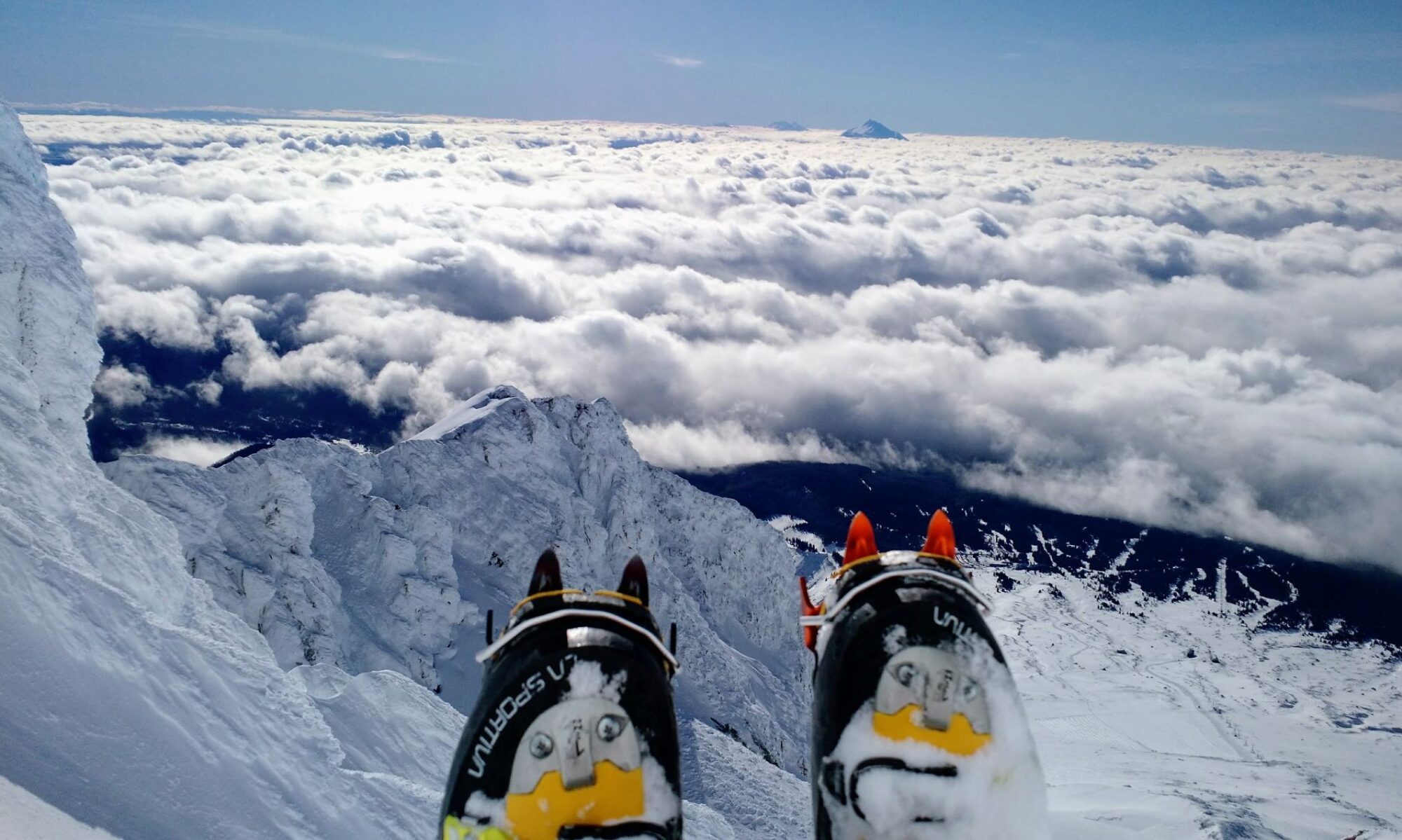
By Jeff Hawkins
Sixteen years ago, the Conservation Committee hosted the Melting Mountains Conference to a packed house in the Mazama Mountaineering Center (MMC) auditorium. We covered four climate change-related topics: the state and future of glaciers; governmental policies and actions by the city, county, and state; organizational change; and individual action.
I took the last two to heart and decided to make the Mazamas carbon neutral. It has been a long path with numerous obstacles: naysayers, financing, technical challenges, competing priorities, and my own foot-dragging. But now, after all that, I am thrilled to announce that we are finally there. The MMC is now carbon neutral! (The Mazama Lodge is not and will not be for a while unless an angel steps in with a donation of an estimated $250,000.)
We did this by eliminating our natural gas usage and going 100 percent electrical, installing high-efficiency heat pumps, reducing our electrical consumption, creating our own electricity via a large solar array, and purchasing 100 percent green power from Portland General Electric (PGE) for the balance of energy not created by our solar system.
The final step of replacing the boiler with heat pumps is particularly exciting. The new system will add heating and cooling to areas of the building not previously conditioned: the library, the library workroom, the basement lobby, and the MR1 classroom*. The boiler, which was far too large of a heat source for the auditorium, will no longer be driving us to wastefully open the windows an hour after turning it on. The auditorium will also have air conditioning. Mathew, in the library workroom, will no longer swelter in the summer and huddle around two space heaters in the winter. And the basement lobby and library will be comfy too. Along with these spaces, the archives have a new system too, far more efficient than the original system that broke nearly two years ago!
Our total energy bill might stay the same or potentially go down. We will use more electricity and less natural gas (zero actually). For the last two years, and likely this year too, the solar array has produced more than 100 percent of the electrical energy consumed. The excess production has been donated to PGE’s Energy Assistance Program, an average of $1,750 per yearǂ. The MMC also used approximately $1,250 per year in natural gas. This means there is $3,000 per year available to cover increased electricity usage for the new heat pumps. The actual usage depends on the members.
By the time you read this, a demolition party will have already removed the boiler, the radiators, and the piping. It took three weekends, nearly 200 hours of work and about 15 volunteers to haul away thousands of pounds of boiler-related remnants.
There are of course many people to thank—people whose efforts and donations made this possible. They are too many to include for all the projects since the start of this journey. For this final step, major funding came from Linda Lewis on behalf of her late husband and Mazama member Phil Dean, who was a champion of Mazama history and the archives, and from George Cummings, Rick Pope, Dick Miller, and Jim Van Lente, with additional donations from Albert Iggi, Terry Brenneman, Peter Boag, Debra Wilkins, Noelle Price, and Rahul Ravel. Jeff Welter and Rick Amodeo contributed in a big way by helping with the engineering of a different heat pump system for the auditorium that we ultimately did not pursue.
Efforts like this are not wasted; they are essential in the process of considering alternatives that lead to a final best solution. And Mazama Facilities Manager Rick Craycraft listened patiently to every one of my ideas and complaints, and to the range of emotions I experienced along the way. I am grateful to you all. Thank you.
It is my hope that the work we do together as Mazamas, to be consistent with our mission, will inspire others to action. The glaciers are melting. We have more work to do. Let’s keep at it. Please find a way to contribute in whatever way you can. If not on reversing climate change, then to the Mazamas in other ways. What we do together touches people’s lives in amazing ways.
* MR1 was heated by two electric wall heaters. Replacing these units with a heat pump will save significantly on peak electrical demand and overall consumption.ǂ Donating excess annual solar-generated electric energy to the Energy Assistance Program is part of the Net Metering contract with PGE.

























